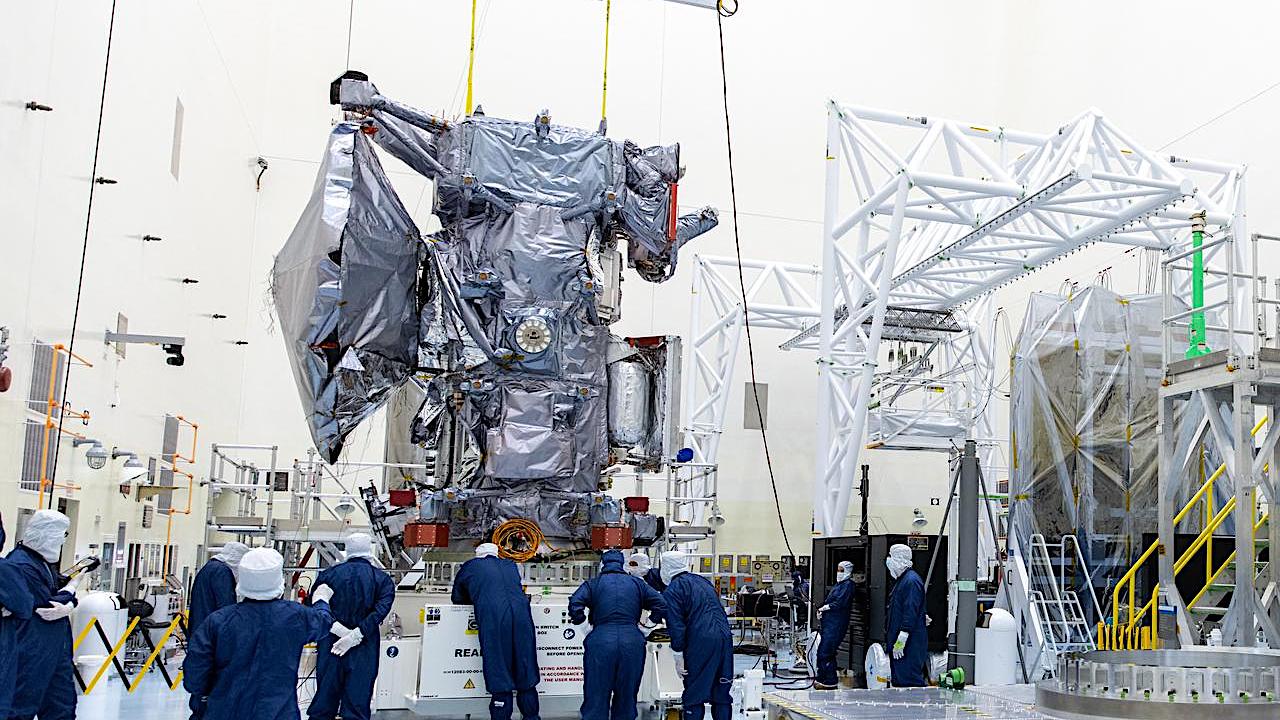
NASA's Europa Clipper spacecraft faces a potential threat to its $5 billion mission to explore Jupiter's icy moon and the ocean inside it due to recently discovered flaws in electronic circuits. The problem involves a batch of metal-oxide-semiconductor field-effect transistors (MOSFETs) that do not meet radiation-hardness standards and serve as amplifiers or switches, controlling power distribution to parts of the spacecraft. As it flies past Europa multiple times, the spacecraft will repeatedly face Jupiter's harsh radiation environment. Engineers at NASA's Jet Propulsion Laboratory discovered the problem in May after discussing with colleagues about a classified satellite at a conference.

